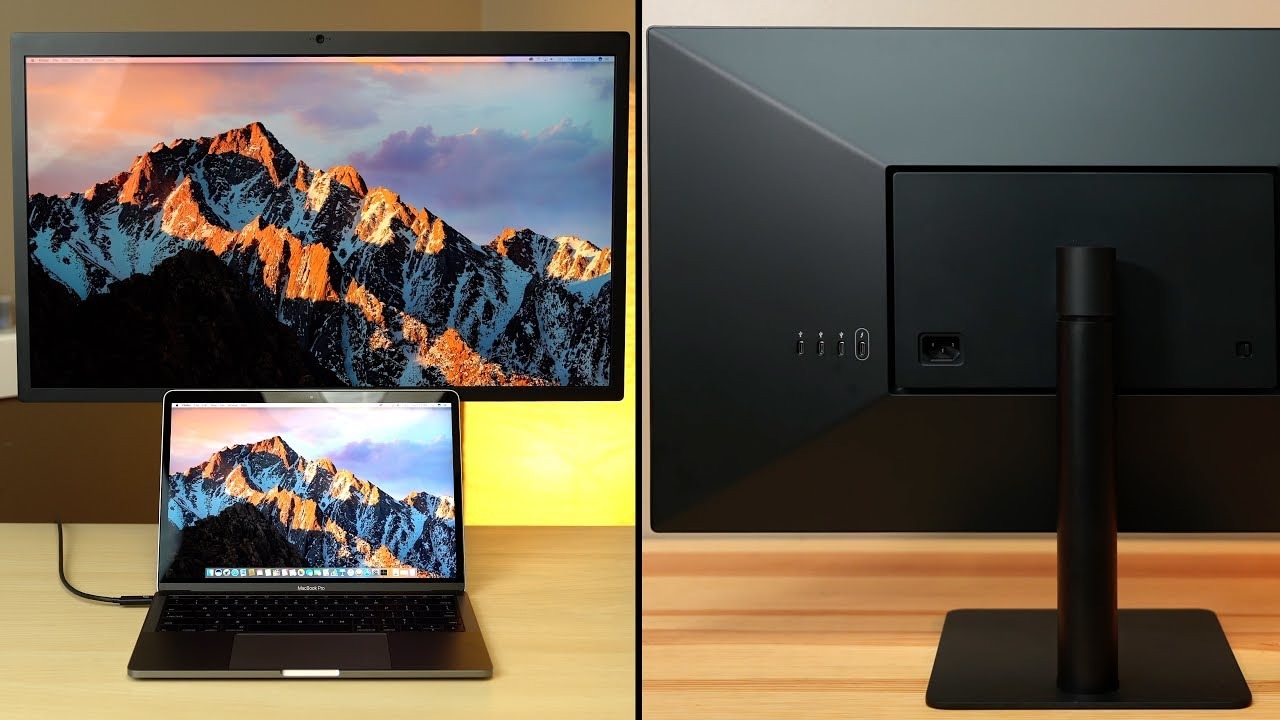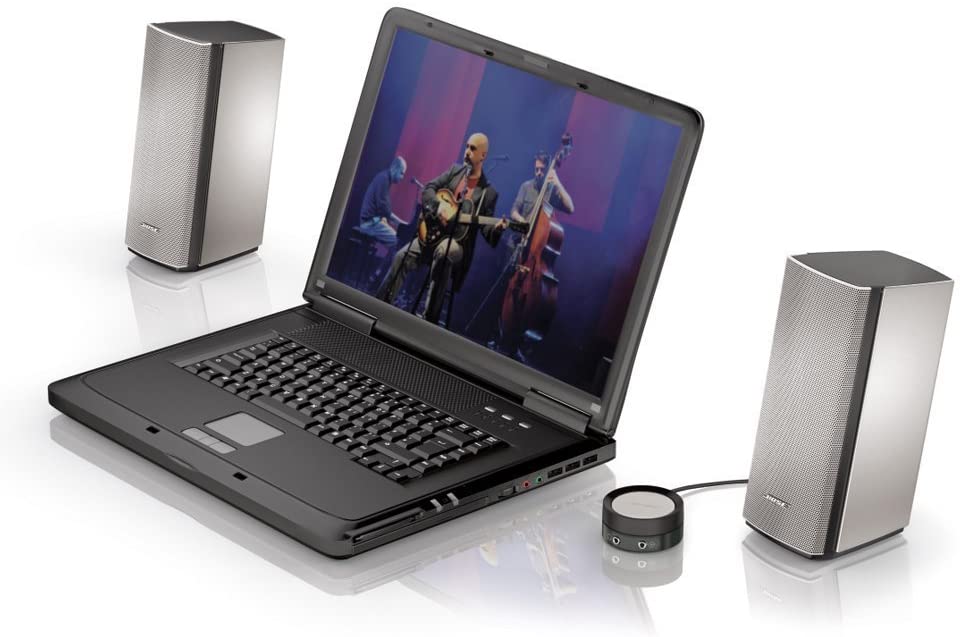

Sometimes you won't even need speakers that are classified as small to fill a large space-it's all about the tech and quality over quantity. You don't need medium speakers to fill a medium space. Related: The Best Computer Speakers for Under $100īasically, this translates into needing to pair your speakers to the space they're placed in. You can also look into acoustic treatment if you're in a space with lots of reflections.

At the same time, if you're in a carpeted bedroom with lots of sound-absorbing furniture, you probably won't run into this issue as much. For example, if you're in a concrete hall sitting at the back of the room, you're going to have some reflections from a mammoth pair of loudspeakers. You might also want to weigh up the type of space you're in and how far away from your speakers you will be. Conversely, if you've got tiny 3" speakers in a large basement, you'll end up either having to turn them up so loud that you'll distort your speakers or that the sound will echo throughout the space. For example, if you've got huge speakers in a small room, the sound waves from these speakers will bounce off the walls and end up distorting your sound or amplifying some frequencies while silencing others.
#Best studio speakers for mac how to
Generally speaking for consumers, we're not really going to be thinking about how to deck out a large room with something like a 5.1 surround sound system, but we'll give some recommendations anyway.įirst of all, one of the main things to consider when buying speakers concerns room acoustics-that sound will always interact with the room it is being played in.

A walled living room or rumpus room might be considered medium, while an open plan living room, long attic, or whole basement would be considered large. To put these measurements into practice, a typical bedroom would fit into the small room category. Instead, categorizing rooms into three simple categories will better serve as an indicator of the moves you might want to make.Ī small room can be defined as anything under 1,500 feet cubedĪ medium room would be between 1,500 up to 3,000 feet cubedįinally, a large room would be anything over 3,000 feet cubed While I could spend a dozen paragraphs running over ways to surgically measure, gauge, and analyze the length, width, and depth of the room you want to deck out, I don't think that will be very useful for you. Now, for the first time, Apogee Groove takes this same recording studio technology and makes it available in a simple take-anywhere device dedicated to delivering the ultimate listening experience.This is a crucial first step in figuring out what types and sizes of speakers to buy. From rock to classical, hip-hop to country, and reggae to jazz, the world’s most successful artists, producers and audio engineers rely on Apogee gear to capture GRAMMY winning recordings. Played by Groove.įor 30 years Apogee has been an innovator and industry leader in digital audio recording. You’ll be amazed by the difference in sound quality – the precise stereo image, punchy bass and stunningly clear high-hats. Plus, Groove’s output provides ample power at any impedance, and together with Apogee Constant Current Drive™ technology, your headphones will sound their best. By simply plugging into your device’s USB port, the Apogee Groove USB DAC and headphone amp gives you a premium digital-to-analog converter for your headphones or powered speakers. Experience the same high quality audio technology found in the world’s most prestigious recording studios, now available for listening to music in hi-res lossless music on your Mac, iOS device or PC.


 0 kommentar(er)
0 kommentar(er)
